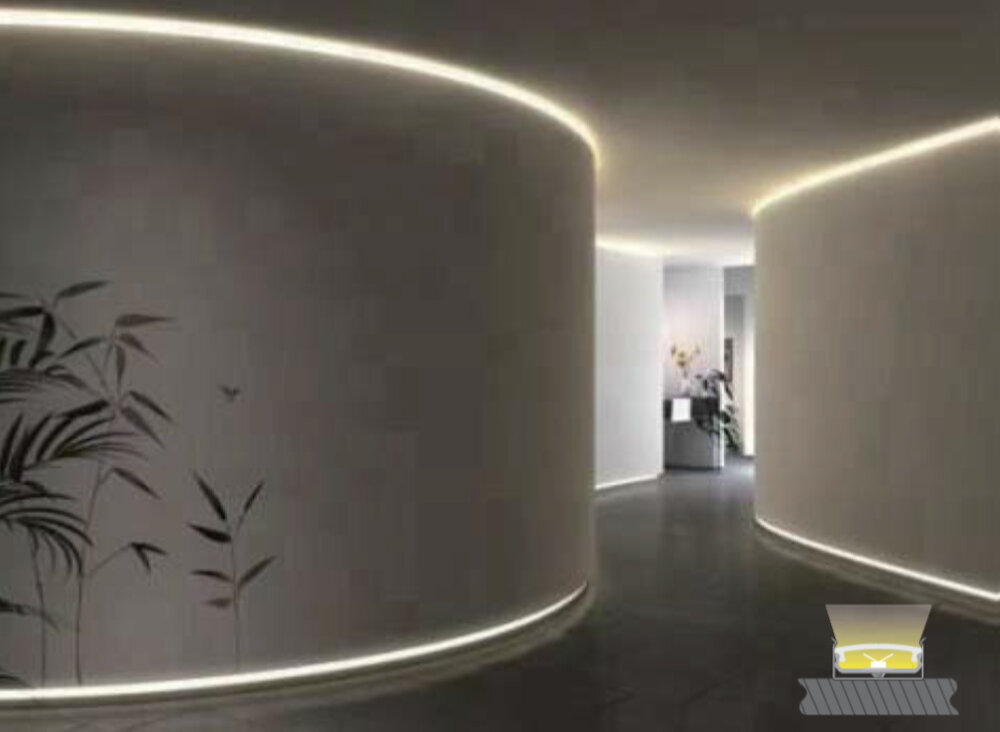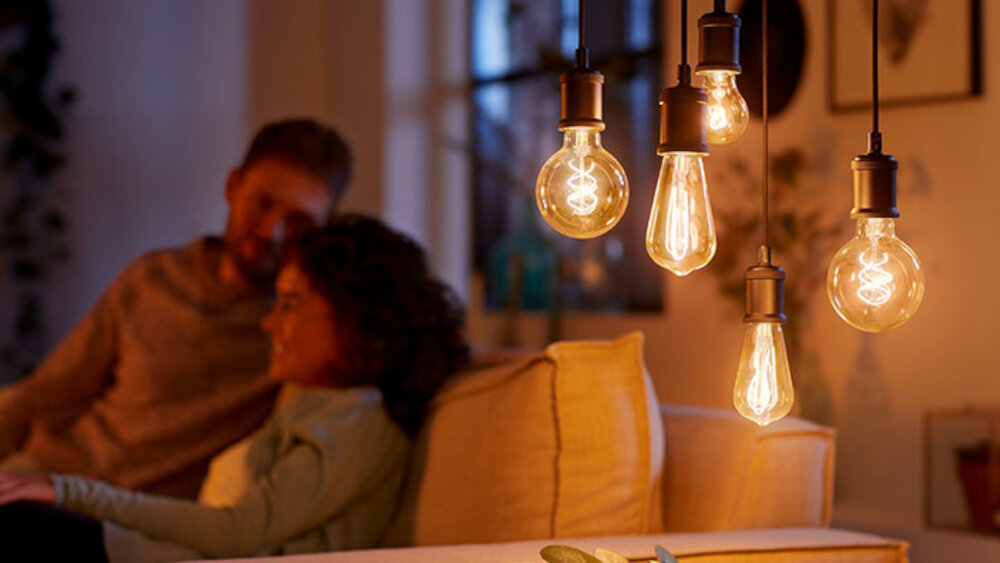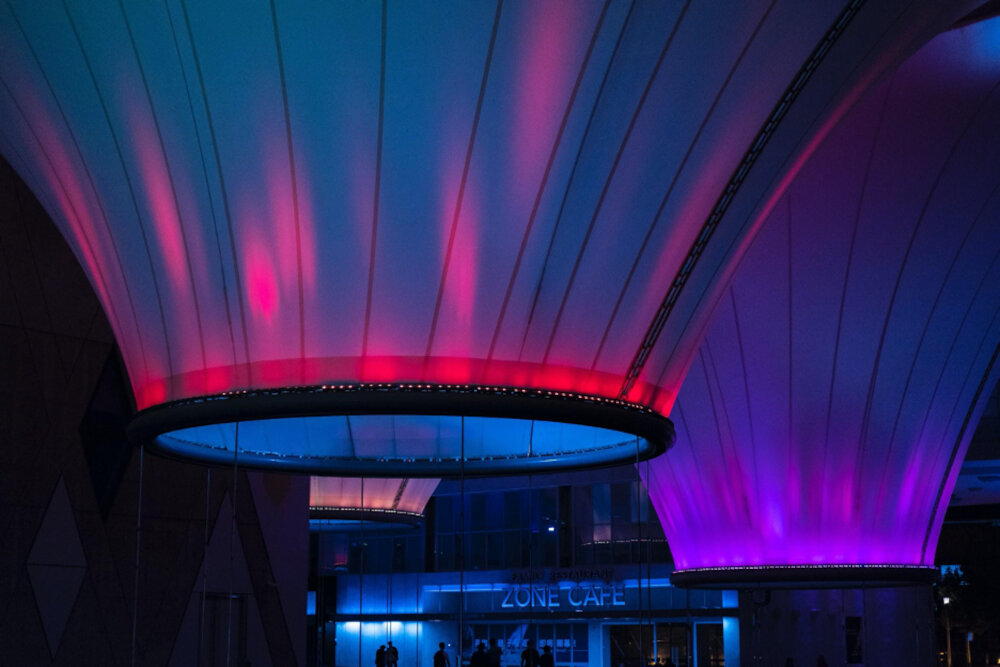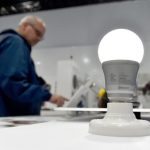How Many Watts of LED Light Do You Need Per Plant for Optimal Growth?

As the popularity of indoor gardening continues to grow, so does the need for efficient lighting systems. While traditional incandescent bulbs were once the norm, they have been largely replaced by LED lights due to their lower energy consumption and longer lifespan. However, with so many different types and wattages of LED lights available, it can be difficult to determine how much light is needed for optimal plant growth. The amount of LED light required per plant varies depending on several factors, such as the type of plant, its growth stage, and the size of the growing area. In general, plants require different levels of light during different stages of growth, with more light needed during the vegetative phase and less during the flowering phase. Additionally, larger plants and those with higher light requirements will need more watts of LED light than smaller, low-light plants. Understanding these factors is crucial for ensuring that your plants receive the proper amount of light for healthy growth and maximum yields.
Light is essential for plant growth, as it provides the energy necessary for photosynthesis, the process by which plants produce their own food. Different colors of light have different effects on plant growth, with blue light promoting vegetative growth and red light promoting flowering and fruiting. In addition, light intensity and duration are important factors that affect plant growth. Insufficient light can cause stunted growth, while too much light can damage plants. Therefore, providing the right amount and type of light is crucial for optimal plant growth and development. LED lights have become a popular choice for indoor plant growth, as they offer customizable spectra and intensity, allowing growers to tailor the lighting to their plants’ specific needs.
Using LED lights for indoor plant growth has numerous benefits. Firstly, LED lights produce less heat, which means they can be placed closer to plants without damaging them. Secondly, LED lights are energy-efficient, consuming less electricity compared to traditional lighting systems, which results in reduced electricity bills. Thirdly, LED lights can be customized to provide the optimal spectrum of light for various stages of plant growth, from seedling to flowering. This feature enables the plants to receive the exact amount and type of light they require for optimal growth and development. Lastly, LED lights have a longer lifespan, requiring less maintenance and replacement, making them a cost-effective solution for indoor plant growth.
Factors that Affect How Many Watts of LED Light Plants Need

The number of watts of LED light plants need depends on several factors. The first factor is the type of plant being grown. Different plants require different levels of light intensity for optimal growth. For example, plants that grow in shady areas require less light than those that grow in direct sunlight. Similarly, plants that are native to tropical regions require more light than those that grow in cooler climates. Therefore, it is essential to understand the light requirement of the plants being grown to determine the appropriate wattage of LED light needed. Another factor that affects how many watts of LED light plants need is the growth stage of the plant. During the vegetative stage, plants require more blue light, while during the flowering stage, they require more red light. Therefore, it is important to choose LED lights that have a varying spectrum of light to cater to the different growth stages of the plant. Additionally, the size of the growing area and the number of plants being grown also affect the wattage of LED light needed. In general, larger growing areas and more plants require more wattage of LED light to ensure that all plants receive adequate light for optimal growth.
The amount of LED light required for optimal growth of plants is dependent on several factors such as the type of plant, growth stage, and light distance. Different plant species have varying light requirements, and their growth stages also affect the amount of light needed. During vegetative growth, plants require more blue light, while red light is needed during flowering. Light distance also plays a crucial role in determining the amount of light plants receive. If the light source is too close, the plants may experience heat stress, while if it’s too far, they may not receive enough light. Therefore, it’s essential to consider these factors when determining the amount of LED light required for optimal growth.
When it comes to indoor gardening, LED grow lights have become increasingly popular due to their energy efficiency and ability to produce the specific wavelengths of light that plants need for photosynthesis. However, determining how many watts of LED light are needed per plant for optimal growth can be tricky. According to a study published in the Journal of Horticultural Science and Biotechnology, tomato plants grown under LED lights with a total output of 200 μmol m-2 s-1 had similar growth and yield to those grown under high-pressure sodium lamps with a total output of 400 μmol m-2 s-1. This suggests that LED lights can be used at a lower wattage than other types of grow lights while still achieving optimal plant growth.
Calculating the Amount of Watts Needed for Your Plants

When setting up an indoor garden, it is essential to calculate the amount of watts needed for your plants to thrive. The wattage of your LED light will determine the intensity and duration of light your plants receive. To calculate the amount of watts needed for your plants, you need to consider the type of plant, its growth stage, and the size of your growing area. Different plants require varying amounts of light, and their growth stages also determine their light requirements. Seedlings and young plants require less light than mature plants, and flowering plants require more light than vegetative plants. The size of your growing area also plays a significant role in determining the wattage you need. As a general rule, you should aim for a minimum of 30 watts of LED light per square foot for vegetative plants and 50 watts per square foot for flowering plants. However, this can vary depending on the specific needs of your plants and the efficiency of your LED lights. By calculating the amount of watts needed for your plants, you can ensure they receive the optimal amount of light for healthy growth and maximum yield. In conclusion, calculating the amount of watts needed for your plants is crucial for indoor gardening success. By considering the type of plant, its growth stage, and the size of your growing area, you can determine the optimal wattage of LED light for your plants. This will provide them with the necessary intensity and duration of light to thrive and produce a maximum yield.
Calculating the amount of watts of LED light needed for your plants requires a few simple steps. First, determine the size of your grow area in square feet. Next, consider the type of plants you are growing and their specific light requirements. Then, decide on the desired light intensity in terms of micromoles per square meter per second (μmol/m²/s). Once you have these values, you can use an online calculator or the formula (grow area in square feet x light intensity in μmol/m²/s x 0.00314) to determine the total wattage needed. It’s important to note that different stages of plant growth may require different levels of light, so adjust accordingly. By following these steps, you can ensure optimal growth for your plants with the right amount of LED light.
When it comes to growing plants indoors, providing the right amount of light is crucial for their optimal growth. LED lights have gained popularity in recent years due to their energy efficiency and customizable spectrum. However, determining how many watts of LED light you need per plant can be confusing. To simplify the process, we have created a chart that takes into account the type of plant, the growth stage, and the size of the grow area. By using this chart, you can easily calculate the recommended wattage for your LED grow lights and ensure that your plants receive the right amount of light for healthy growth.
Tips for Using LED Lights for Plant Growth

LED lights are becoming increasingly popular for indoor gardening and plant growth. They offer numerous benefits over traditional lighting methods, including energy efficiency, a longer lifespan, and a spectrum of light that can be customized to meet the needs of different plants. However, it’s important to use LED lights correctly to ensure optimal growth. One key tip is to make sure you’re using the right wattage for your plants. The amount of wattage needed will vary depending on the type of plant, its growth stage, and the size of the growing area. Generally, small seedlings will need less wattage than mature plants. It’s also important to consider the color temperature of the LED lights, as different colors can have different effects on plant growth. Blue light is typically used for vegetative growth, while red light is used for flowering. Another tip for using LED lights for plant growth is to ensure that the lights are positioned correctly. The distance between the lights and the plants can have a significant impact on growth. If the lights are too far away, the plants may not receive enough light, while if they’re too close, they may be damaged by the heat. It’s also important to make sure that the lights are evenly distributed throughout the growing area, as this will help ensure that all plants receive the same amount of light. Finally, it’s important to pay attention to the duration of the light cycle. Most plants need between 12 and 18 hours of light per day, depending on their growth stage. By following these tips, you can ensure that your plants receive the optimal amount of light for healthy growth.
When it comes to using LED lights for plant growth, it is important to consider several factors to ensure optimal results. Firstly, it is essential to choose the correct type of LED light that emits the appropriate wavelength for the specific plants being grown. Secondly, the distance between the light source and the plants should be carefully considered, as too far away or too close can hinder growth. Thirdly, it is crucial to ensure a consistent light schedule that mimics natural sunlight, providing at least 12-16 hours of light per day. Lastly, it is recommended to invest in high-quality LED lights with a sufficient wattage to provide ample light for plant growth. By following these practical tips, gardeners can effectively use LED lights to promote healthy and robust plant growth.
When it comes to LED light placement, duration, and intensity, there are a few tips to keep in mind for optimal plant growth. First, make sure to position the lights close enough to the plants so they receive ample light. However, be careful not to place the lights too close, as this can lead to burning or drying out of the leaves. Next, consider the duration of the light exposure. Most plants require at least 12 hours of light per day, but some may need up to 18 hours. Finally, pay attention to the intensity of the light. Higher wattage does not always mean better growth, as too much intensity can also harm the plants. It’s best to start with a lower wattage and gradually increase as needed, while monitoring the plants closely for any signs of stress. By following these tips, you can ensure that your plants receive the optimal amount of light for healthy growth.
The article discusses the optimal LED light requirements for indoor plant growth, stating that the recommended wattage of LED light per plant should be at least 32 watts. This is because LED lights produce less heat and more focused light, which allows for more efficient energy use and better plant growth. The article also emphasizes the importance of matching the light spectrum to the plant’s needs, as different plants require different wavelengths of light to thrive. Furthermore, the article advises growers to consider the size of their grow space and the number of plants when determining the appropriate LED light wattage. Ultimately, by following these guidelines, indoor growers can ensure optimal plant growth and yield.
If you’re a plant enthusiast and want to ensure optimal growth, then experimenting with LED lights could be the key. LED lights have gained popularity in recent years due to their energy efficiency and the ability to produce specific wavelengths of light that plants need for photosynthesis. However, the optimal amount of light for each plant species can vary based on factors such as growth stage and environmental conditions. Therefore, it’s vital to experiment with different wattages and durations of light to find the perfect combination for your plants. So, don’t be afraid to try different settings and observe how your plants respond to the changes. With some trial and error, you’ll find the optimal amount of light your plants need for healthy growth.
Conclusion

In conclusion, determining the optimal wattage of LED light required for plant growth is a complex and nuanced process that depends on various factors such as plant species, growth stage, and environmental conditions. While a general rule of thumb is to provide anywhere between 30 to 50 watts of LED light per square foot of grow space, it is essential to consider the specific needs of the plants to ensure optimal growth and yield. Additionally, using high-quality LED lights with a full spectrum of wavelengths and adjustable intensity can enhance plant growth and development while minimizing energy consumption and heat output. Ultimately, finding the right balance of light intensity, duration, and spectrum is crucial for maximizing the potential of indoor plant cultivation and achieving optimal results.



